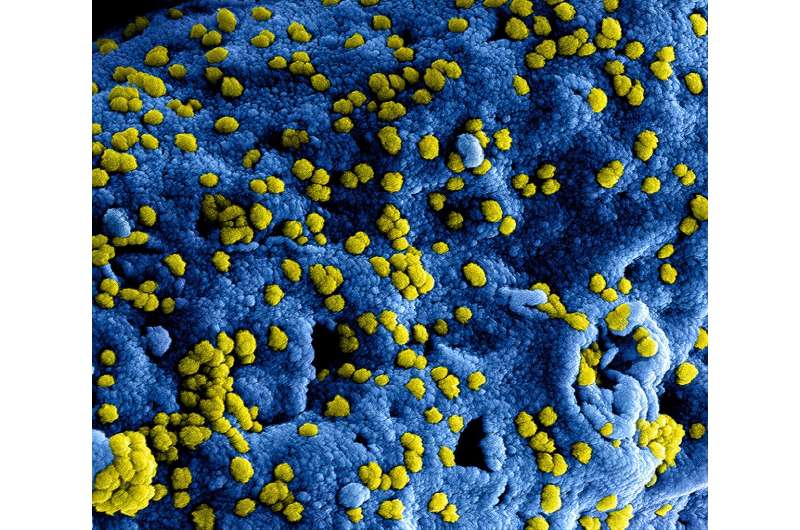Impact of the Great Irish Famine on Human Height Explored by New Research

New research explores how the Great Irish Famine affected human height, revealing insights into survival and health long-term effects of humanitarian disasters.
A recent study conducted by the Edinburgh Business School at Heriot-Watt University and Queen's Business School in Belfast has shed new light on the long-term effects of the Great Irish Famine (1845–1852) on the physical health of survivors. The research focused on how nutritional deprivation and disease during this catastrophic period influenced human stature, a key indicator of well-being in health assessments.
Using historical data from 14,500 individuals born before, during, and after the famine, the study analyzed physical measurements collected from two prisons in Dublin and Tipperary. Interestingly, the findings challenge common assumptions; in the most severely affected regions, survivors did not show the expected reduction in human height commonly associated with malnutrition and illness. Some regions even displayed average adult heights comparable to or exceeding those of people born outside the famine period.
The study revealed two significant, yet contrasting, phenomena. Firstly, 'scarring' refers to the negative health impacts observed in individuals born during the famine, which were especially pronounced in areas like Dublin with lower mortality rates. Conversely, 'selection' suggests that the most vulnerable individuals in severely affected areas, such as Tipperary, often did not survive, leaving a surviving population that was, on average, healthier and taller. This selection effect meant that in regions with high mortality, the remaining survivors were often physically more robust.
Professor Eoin McLaughlin of Heriot-Watt University highlighted that this research prompts a reassessment of how we perceive the biological consequences of major humanitarian disasters. It demonstrates that the long-term population health effects are shaped not only by the immediate toll but also by the selective survival of the strongest, which can alter the post-disaster health landscape.
Dr. Chris Colvin from Queen's Business School explained that the absence of height stunting in severely impacted regions indicates that many of the most vulnerable individuals succumbed to starvation and disease, effectively removing the weaker from the gene pool. This process resulted in a survivor population that was more resilient, as only the healthiest individuals endured through the famine.
The findings have broader implications beyond Irish history, offering insight into how extreme crises influence population health over generations. The research team, including Professor McLaughlin, Dr. Colvin, and Dr. Matthias Blum from Queen's Business School, shared their perspectives on the complex interplay between damage and selection during such catastrophic events.
This comprehensive analysis deepens our understanding of the long-term health impacts of famines and other humanitarian crises, emphasizing the importance of considering both biological and demographic factors in assessing disaster effects.
Stay Updated with Mia's Feed
Get the latest health & wellness insights delivered straight to your inbox.
Related Articles
US Issues Recall of Shrimp Due to Radioactivity Concerns
U.S. health authorities have recalled shrimp imported from Indonesia due to potential contamination with radioactive cesium-137, emphasizing food safety concerns and the importance of monitoring imported seafood.
New Evidence Suggests ALS May Be an Autoimmune Disease Driven by Immune Cells Attacking Nervous System Proteins
Recent research suggests that ALS may be an autoimmune disorder, with immune cells mistakenly attacking nervous system proteins. This discovery opens new avenues for targeted therapies and improves understanding of disease progression.
Clinical Trial Finds No Advantage of Unproven Stroke Treatment Over Placebo
A recent clinical trial reveals that perispinal etanercept, an unproven stroke treatment, is no more effective than placebo. The study highlights the importance of evidence-based medicine in stroke care.
Innovative Drug Targets Liver Tissue Structure to Combat Alcohol-Related Liver Damage
A novel cyclophilin inhibitor shows promise in reversing liver fibrosis caused by alcohol, using human tissue models to pave the way for new therapies in alcohol-related liver disease.



